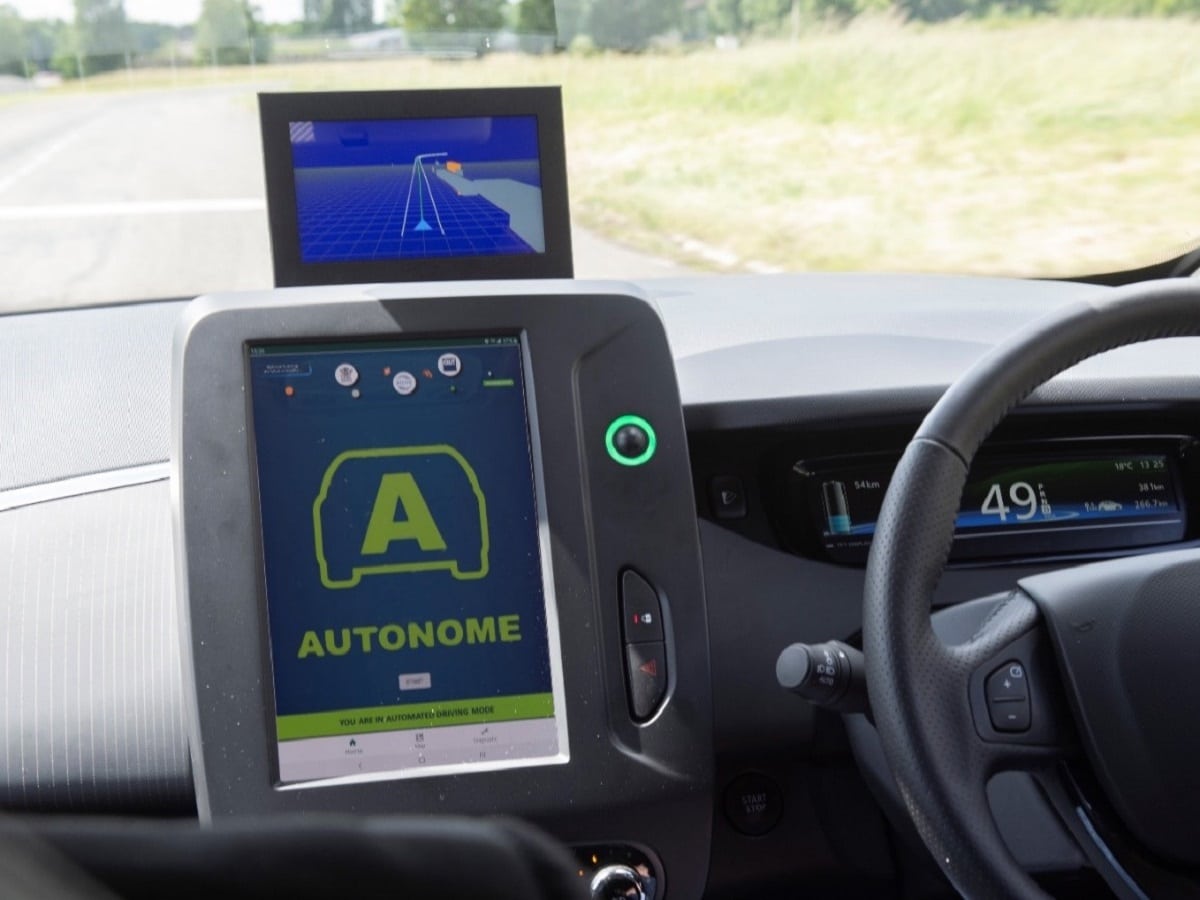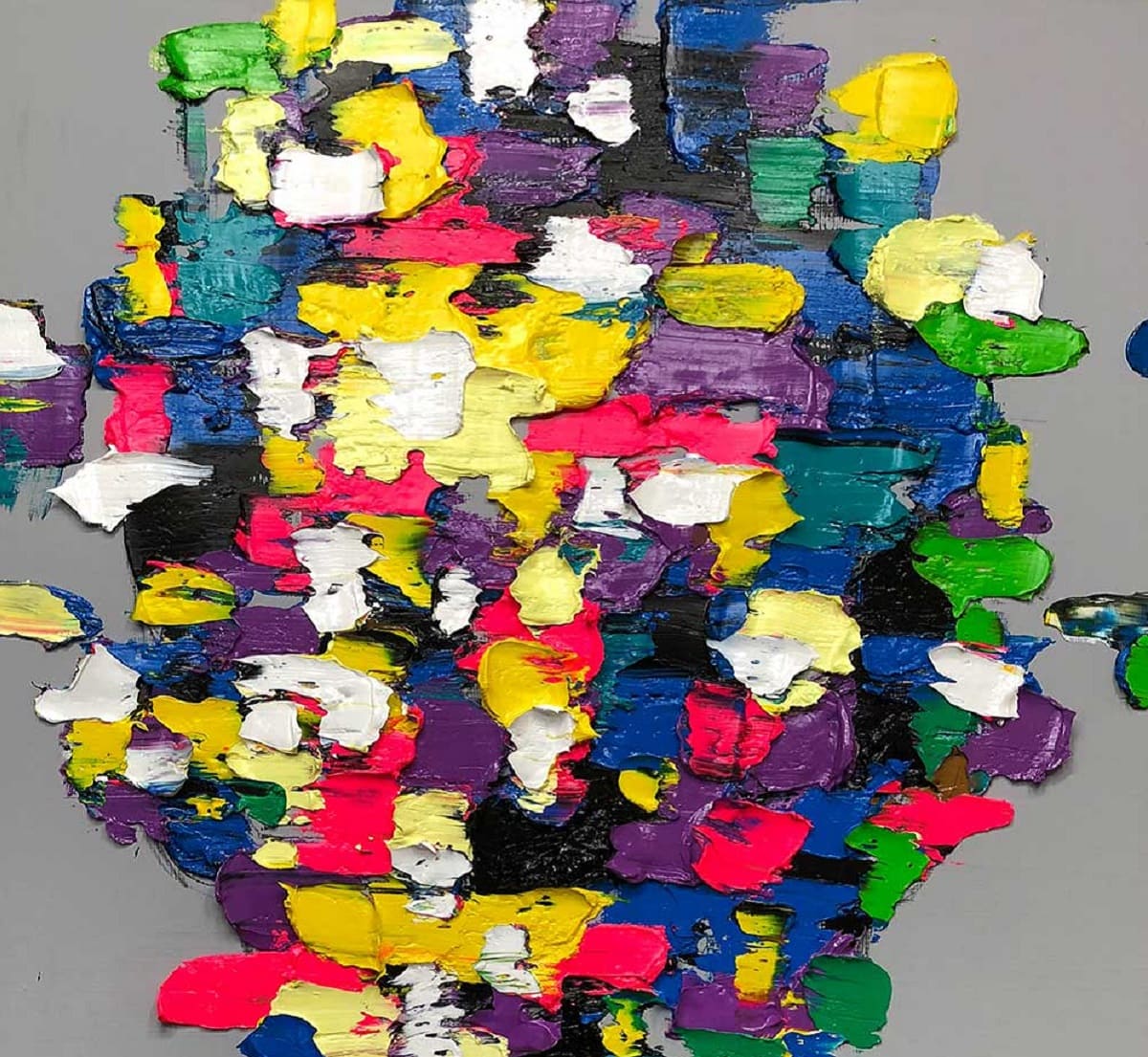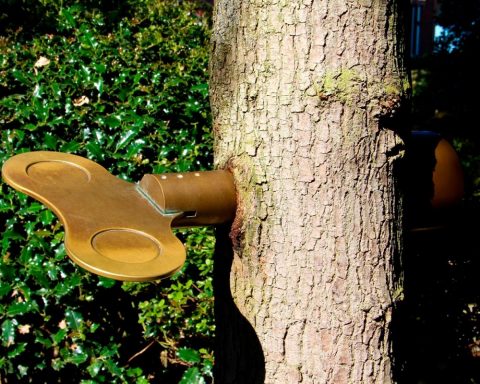The advent of digital technology, telecommunications, artificial intelligence and augmented reality has broken down borders, reduced distances and created a culture of sharing. In recent weeks, however, borders have closed, sharing has become more complex and the eyes of the world have refocused on the human being and his fragile condition, which technology cannot yet compensate for. Daily activity has become suspended in space, as if moving and interacting have become the enemies of Man. At a time when the world is becoming more and more confined, will research into new mobility solutions still make sense tomorrow?
More than ever, French-style innovation has an important card to play. Today's technology offers us unprecedented mobility opportunities. To be accepted, however, it must be adapted to the needs of citizens. The current Covid-19 crisis has revealed new needs that have not yet been widely applied to health services. Thus on the basis of its research work on new mobility solutions and shared energies, we can imagine how the future use of autonomous vehicle technology could transform crisis management and provide a real public health service for all.
When mobility is not just about getting around
Christophe, a 40-year-old single man, wakes up one morning feeling uncomfortable to breathe and has a fever of 38.7°C. He takes his smartphone and connects to a dedicated application. He enters his login and password. A remote centre detects his connection and activates his patient file. Christophe enters his symptoms and through artificial intelligence methods, a medical intervention solution is proposed to him. If, of course, his doctor's autonomous mobile practice could come to his home, it is proposed that an autonomous emergency vehicle pick him up at his home and drive him to the hospital. Without a driver, the autonomous vehicle solution makes it possible to limit the number of people in contact with potentially infected people. Christophe indicates in the application that he accepts the proposed solution and that he does not need human assistance to get into the vehicle, a vehicle whose arrival he can follow on his phone in real time. At the same time, one of the autonomous emergency vehicles, loaded in a hub near Christophe's home, is activated.
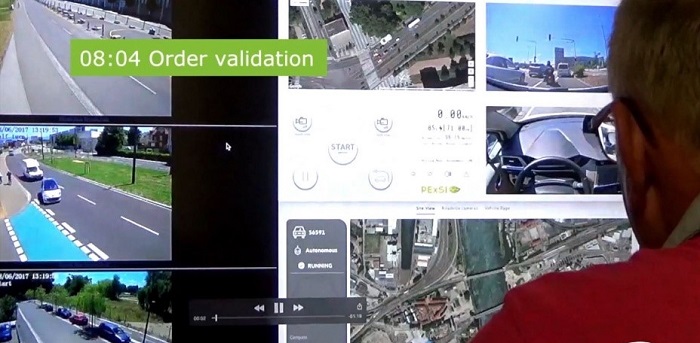
The fleet of these vehicles is controlled by a supervision centre where a human operator will make the necessary decisions for the vehicle in case of an incident.
The energy transition will require rock-solid connectivity and sharing.
This supervision centre is connected both to the vehicles but also to the infrastructure making traffic light control possible in order to reduce travel time.
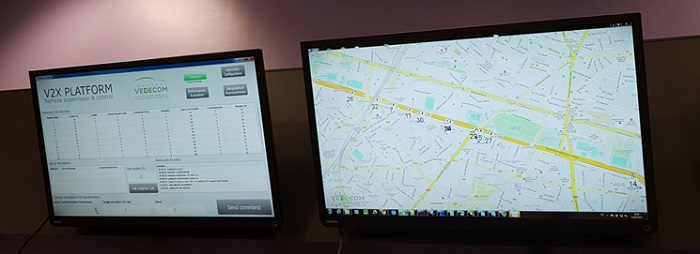
Running on a dedicated lane, the vehicle thus quickly arrives at Christophe's home, who leaves as soon as the vehicle informs him of its arrival. He is immediately identified by the vehicle as soon as he approaches thanks to the Bluetooth traces of his phone and the vehicle's sensors. He enters the vehicle and sits on a seat equipped with a monitoring system that includes cardiac, respiratory and stress measurements. His data is sent directly to the doctor who will take care of him and without delay thanks to the use of the secure 5G.
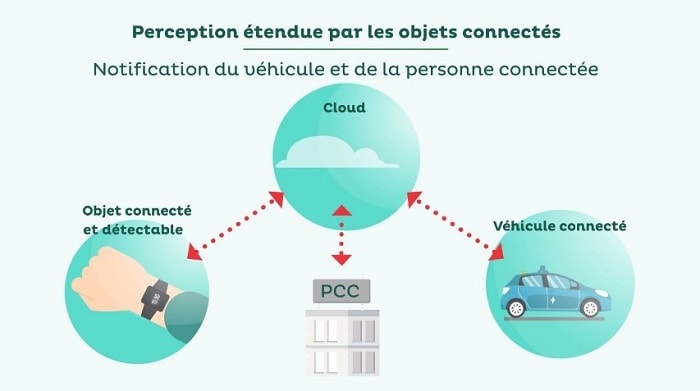
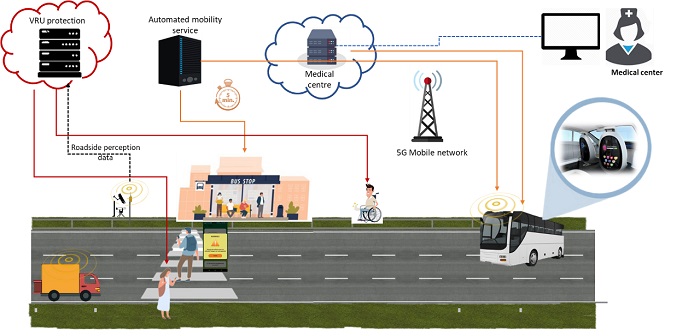
The autonomous emergency vehicle crosses its path with other autonomous vehicles carrying medical equipment or care personnel. Thanks to algorithms for optimising vehicle filling, several people can share the vehicles while still respecting social distancing and ensuring a healthy environment, with the cost of vehicle sterilisation being integrated into the optimised cost of the service.
Traffic optimisation, impact of autonomous vehicle solutions, optimisation of goods transport, research carried out at VEDECOM
As Christophe's vehicle approaches a crossroads, thanks to "platooning", it is moored to two other vehicles on their way to the hospital, reducing the energy costs of the journey to maximise the number of kilometres each vehicle can cover before it needs to be recharged. During the journey, Christophe receives all the information he needs to reassure him. In particular, he knows where his vehicle is and how long it will take to get to the hospital, he can contact the fleet supervisor on his own in case of a problem with the vehicle and a medical supervisor for any questions about his medical care.
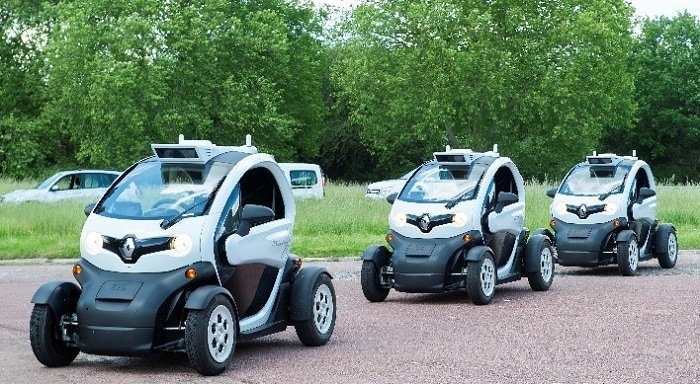
After equipping himself with a mask that is automatically dispensed through the opening of a sterile trap door, Christophe arrives at the emergency room, welcomed by Sophie, a nurse, with whom he was able to talk just before. The vehicle does not leave immediately. A new mission has been assigned to him. A hospital staff is dropping off equipment and linen to be cleaned and disinfected. The vehicle door closes automatically. The autonomous vehicle drives through the city to deposit its contents in a specific centre before automatically disinfecting itself. It will pick up the next patient to take him or her to the hospital in the neighbouring town this time, having received real-time information about a new available bed.
A service for the mobility of people and goods
Back on his feet, Christophe will return home in a robot taxi. The doctors will ask him to remain confined to his home for another two weeks. Alone, Christophe doesn't worry. He will send his prescription to his local pharmacy and his shopping list to the local supermarket from his smartphone. Once again, an autonomous goods delivery vehicle, or even a small autonomous delivery robot, will bring him all the basic necessities right down the street.
Does Christophe live in the country? No problem, the French Institute for Research and Training on Future Mobility, VEDECOMis also working on hybrid vehicle, passenger and goods transportation solutions that are adaptable and can be optimized according to needs and population density.
A bank employee, Christophe still wonders how he will return to work at the end of the lockdown. The autonomous decontamination vehicles will have raked every square centimetre of space in cities thanks to their perception, lane and obstacle detection system coupled with mapping. However, it will not be easy to restore confidence in the shared modes of transport that our protagonist usually favours.
Here again, the autonomous vehicle can be a transitional object when resuming activities, when, at the end of a crisis, it will be necessary to learn to live and travel together again. The transition from solitary mobility (i.e., alone in the vehicle) to progressive shared mobility could be implemented by following simple principles derived from the work of the Institute's researchers. For example, we note, for example, the introduction of engaging information encouraging certain expected behaviours, improving the feeling of comfort and satisfaction of users.
If this vision seems utopian in view of the current crisis, all the research work carried out by the Institute on autonomous vehicle technology, infrastructure, connectivity and new uses will one day bring us closer to it, with a view to improving health services and the care and well-being of citizens.
Philippe WatteauDirector General of the VEDECOM Institute
and Stéphanie Coeugnet-ChevrierR&D Director, New Mobility Solutions and Shared Energy at the VEDECOM Institute.
(1) VEDECOM, he French Institute for Research and Training on the Mobilities of the Future is commissioned by the State as the Institute for Energy Transition (ITE) to bring together the public-private ecosystem of mobilities and thus develop a new French sustainable mobility sector.

